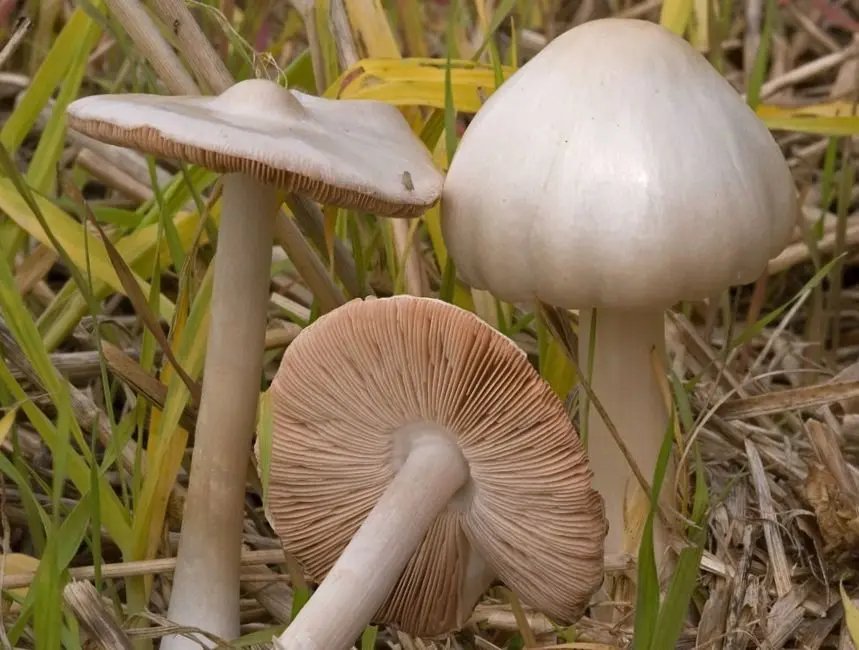Volvariella mucohead (Volvariella gloiocephala)
- Division: Basidiomycota (Basidiomycetes)
- Subdivision: Agaricomycotina (Agaricomycetes)
- Class: Agaricomycetes (Agaricomycetes)
- Subclass: Agaricomycetidae (Agaricomycetes)
- Order: Agaricales (Agaric or Lamellar)
- Family: Pluteaceae (Pluteaceae)
- Genus: Volvariella (Volvariella)
- Type: Volvariella gloiocephala (Volvariella mucohead)
- Volvariella mucosa
- Volvariella beautiful
- Volvariella viscocapella

This fungus belongs to the Volvariella genus, Pluteaceae family.
Often it is also called volvariella mucous, volvariella beautiful or volvariella viscous cap.
Some sources distinguish two types of forms of this fungus: light-colored forms – Volvariella speciosa and darker ones – Volvariella gloiocephala.
Volvariella mucohead is a low-value edible or conditionally edible mushroom of medium quality. It is used for food almost fresh, after only 15 minutes of boiling.
This fungus is the largest fungus of all soil-dwelling species of the Volvariella mushroom genus.
The cap of this mushroom has a diameter of 5 to 15 cm. It is smooth, whitish, less often grayish-whitish or grayish-brown. In the middle of the cap is darker than at the edges, gray-brown.
In younger mushrooms, the cap has an ovoid shape, enclosed in a common shell called volva. Later, when the mushroom grows up, the cap becomes bell-shaped, with a lowered edge. Then the cap completely turns inside out, becomes convexly prostrate, having a wide blunt tubercle in the center.
In wet or rainy weather, the cap of the mushroom is slimy, sticky, and in dry weather, on the contrary, it is silky and shiny.
The flesh of the volvariella is white, thin and loose, and if cut off, it does not change its color.
The taste and smell of the mushroom are inexpressive.
The plates have a width of 8 to 12 mm, rather wide and frequent, and they are free at the stem, rounded at the edge. The color of the plates is white, as the spore matures, it acquires a pinkish tint, and later they become completely brownish-pink.
The stem of the fungus is thin and long, its length varies from 5 to 20 cm, and the thickness can be from 1 to 2,5 cm. The shape of the stem is cylindrical, solid, and somewhat tuberous thickened at the base. It is found in color from white to gray-yellow.
In younger mushrooms, the leg is felt, later it becomes smooth.
The fungus does not have a ring, but the Volvo is free, bag-shaped and often pressed against the stem. It is thin, has a whitish or grayish tint.
Pink spore powder, short ellipsoid spore shape. Spores are smooth and light pink in color.
It occurs from the beginning of July to the end of September, mainly on disturbed humus soils, for example, on stubble, garbage, manure and compost heaps, as well as on garden beds, landfills, at the base of haystacks.
Rarely this mushroom is found in the forest. Mushrooms themselves appear singly or occur in small groups.
This mushroom is similar to such a conditionally edible mushroom as a gray float, as well as poisonous white fly agarics. Volvariella differs from the float in the presence of a smooth and silky leg, and also has a sticky grayish hat with pinkish plates. It can be distinguished from poisonous fly agarics by the pinkish hymenophore and the absence of a ring on the stem.









